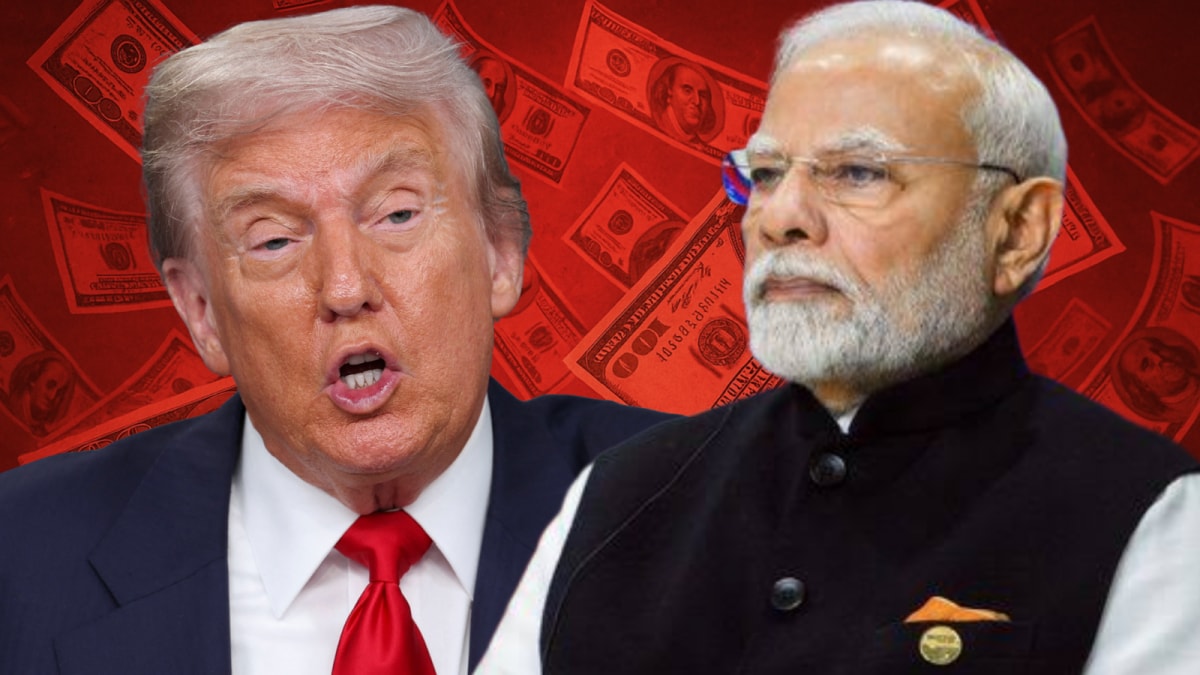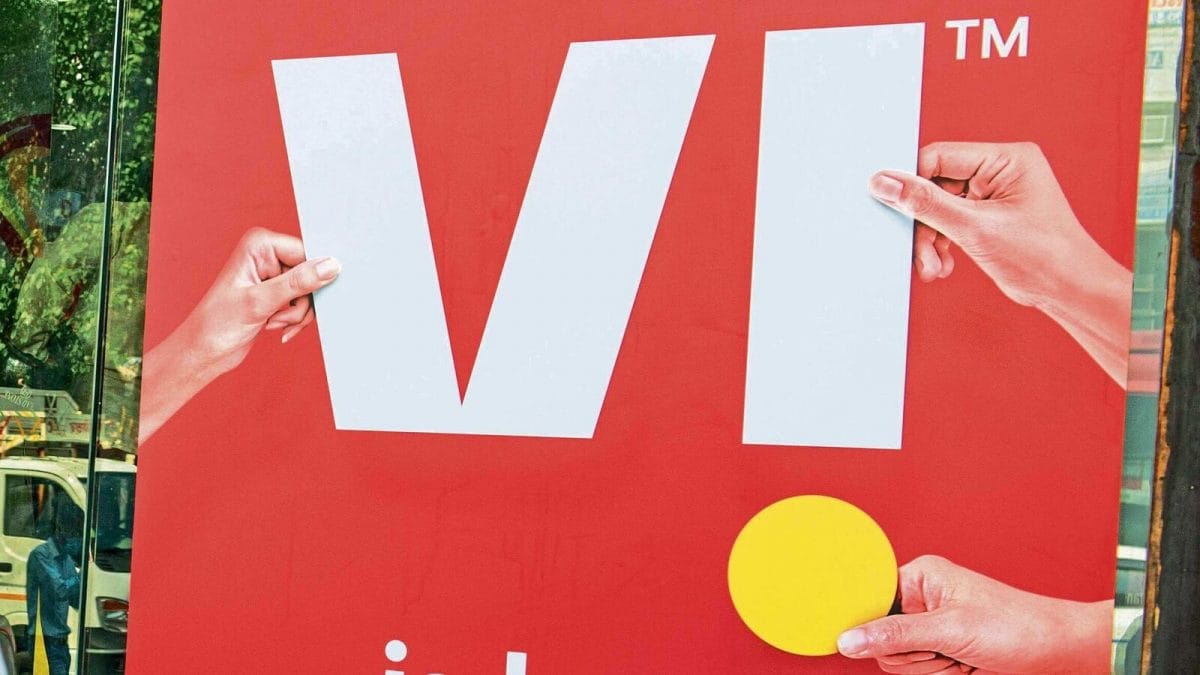Last Updated:
Indian exporters fear massive revenue losses as US imposes 50% tariffs, hitting labour-intensive sectors like textiles, gems & jewellery

India’s exporters, particularly in textiles, jewellery are bracing for the 50% tariff impact
With the US implementing steep 50% tariffs on Indian merchandise from August 27, exports of low-margin and labour-intensive goods such as textiles, gems and jewellery, shrimps, carpets, and furniture risk becoming unviable in the American market. This is expected to severely impact low-skilled jobs in India.
“Such steep tariffs will make Indian products prohibitively expensive in the US market,” said Ajay Srivastava, Co-founder of Global Trade Research Initiative (GTRI). “The immediate fallout will be on jobs and small exporters.”
Sharp Fall in Export Value Expected
Trade experts estimate that India’s exports to the US may drop by 40–45% in FY26 compared to the previous year. GTRI projects shipments could shrink to $49.6 billion from $87 billion in FY25. Nearly two-thirds of India’s exports by value will be hit by the 50% duty, with effective tariff rates exceeding 60% in some categories.
“This is a severe blow to our trade momentum,” said S. C. Ralhan, President of the Federation of Indian Export Organisations (FIEO). “Over 55% of our shipments worth $47–48 billion will become uncompetitive overnight.”
About 30% of exports ($27.6 billion), including pharmaceuticals, electronics, and petroleum products, will remain duty-free. Another 4% of exports, mainly auto parts, will face a reduced tariff of 25%.
Countries such as Vietnam, Bangladesh, and Cambodia, along with China and Pakistan, are poised to capture market share from India.
“Global buyers are highly price-sensitive. Even a 5% tariff difference can shift orders. With India now 25–30% more expensive, large-scale diversion of orders is inevitable,” noted a Mumbai-based textile exporter.
Tariffs Linked to Geopolitical Tensions
The 50% tariff combines the 25% duty announced in July and an additional 25% imposed in August as a “penalty” for India’s Russian oil purchases and defence imports. “These tariffs are more political than economic,” said a senior trade ministry official. “Unfortunately, Indian exporters are caught in the crossfire.”
Worst Hit Sectors
Textiles, gems and jewellery, shrimps, chemicals, leather, handicrafts, carpets, and processed foods are expected to be hardest hit.
“The shrimp industry is staring at disaster,” said a senior executive at the Seafood Exporters Association of India (SEAI). “Nearly 48% of our revenues come from the US. This tariff shock could wipe out margins completely.”
Similarly, Crisil warned that home textiles (with 60% US dependence) and carpets (50% US share) will face sharp demand destruction.
Export Bodies Raise Alarm
Exporters warn of ripple effects across India’s labour-intensive sectors. “This is not just about lost export revenues, but also about livelihoods,” said B. Sunil Kumar, Chairman of CITI (Confederation of Indian Textile Industry). “The government must step in immediately with fiscal support to prevent job losses.”
The Gems and Jewellery Export Promotion Council (GJEPC) echoed concerns. “The US accounts for nearly $10 billion of our exports — about 30% of India’s gem and jewellery trade. This tariff shock will disrupt supply chains and endanger thousands of jobs,” said Vipul Shah, Chairman, GJEPC.
Industry Calls for Government Support
Exporters are demanding targeted relief. “We need duty drawback schemes, interest subvention, and liquidity support for MSMEs to weather this crisis,” said FIEO’s Ralhan. “A one-year moratorium on loan repayments and collateral-free lending could provide breathing room.”
Crisil noted that the second-order impact could extend to reduced US discretionary spending and long-term demand shifts away from Indian goods. Reports suggest production cuts have already begun in hubs like Tirupur, Noida, and Surat.
Industry leaders stressed the need for trade diplomacy and diversification of export markets.
“India must fast-track trade agreements with the EU, GCC, Africa, and Latin America,” said Srivastava of GTRI. “At the same time, we need to double down on Brand India, improve logistics, and push PLI schemes to stay globally competitive.”
Indian Economy Continues To Demonstrate Resilience
However, Harsha Vardhan Agarwal, President, FICCI, said: “Indian economy continues to demonstrate resilience and strength amid global headwinds, underpinned by a large and vibrant consumer base, robust macroeconomic fundamentals, continued economic reforms and enterprising businesses. The proposed next-generation GST reforms announced by Hon’ble Prime Minister will give a further boost to India’s growth.”

Aparna Deb is a Subeditor and writes for the business vertical of News18.com. She has a nose for news that matters. She is inquisitive and curious about things. Among other things, financial markets, economy, a…Read More
Aparna Deb is a Subeditor and writes for the business vertical of News18.com. She has a nose for news that matters. She is inquisitive and curious about things. Among other things, financial markets, economy, a… Read More
Read More







